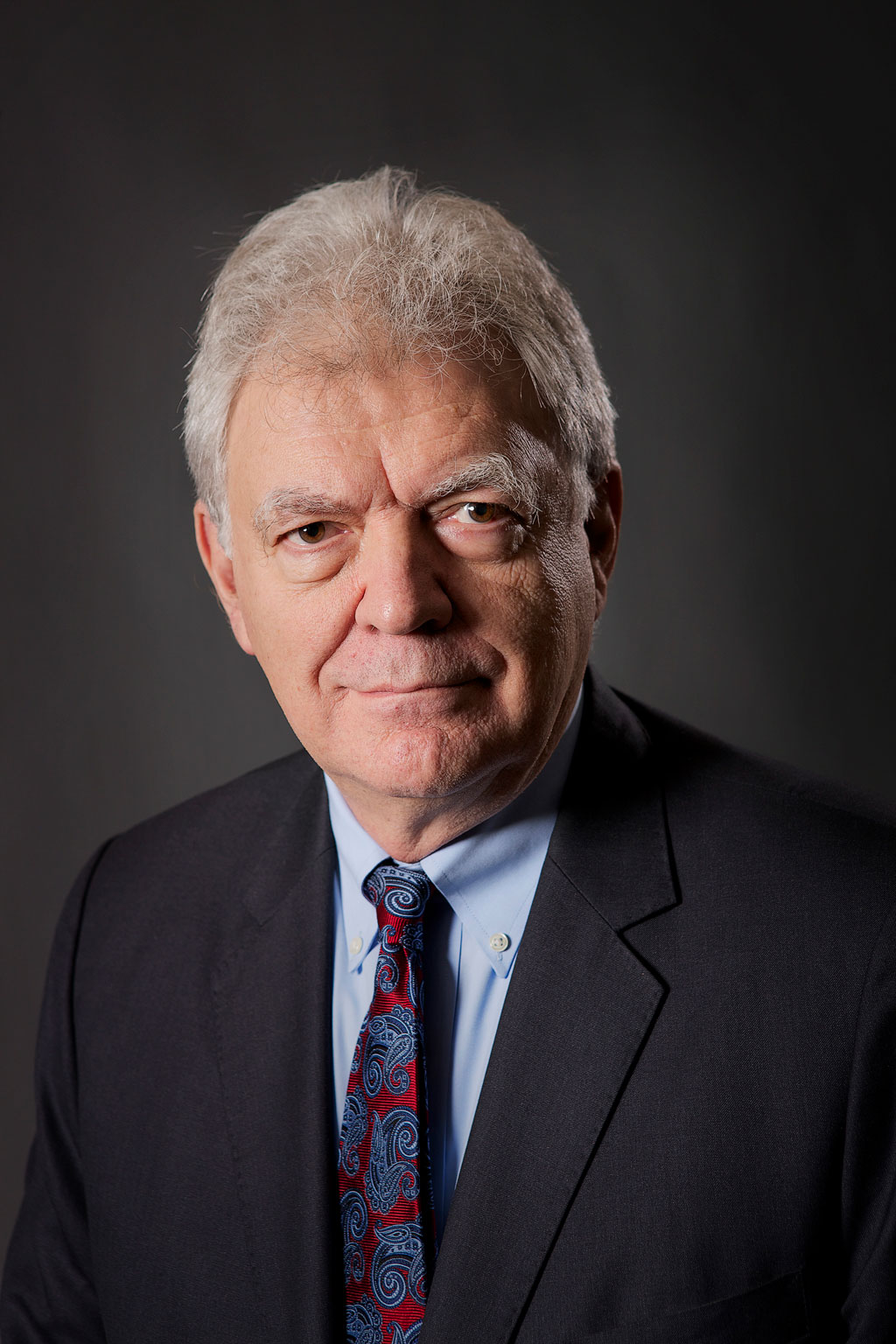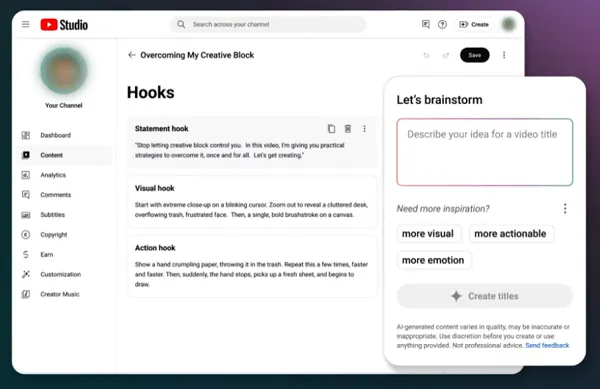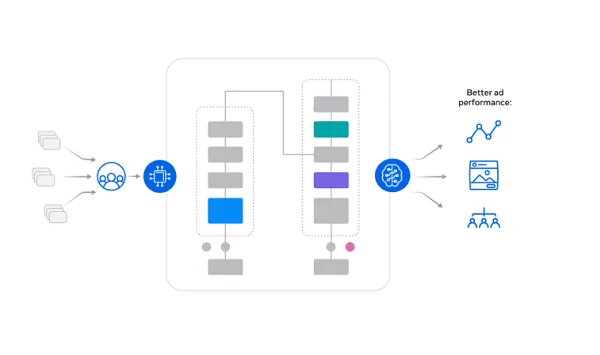“Things must change around here, and THEY better get started!” How often have you heard that? Or said that?
I recently listened to an executive make this pronouncement in a fit of anger. Actually, that is not all he said, while stomping his foot and banging on the table with one hand. The cleaned-up version went something like this: “I hired people with great resumes, gave them great challenges, made sure that they had what they needed to get the job done, and told them to go ahead and do their work. But every day I am getting delay, resistance, and decisions delegated back to me, and I may as well do it myself! What is wrong with these people?! They seem helpless, and are delegating everything back to me! Things need to change around here. I don’t work for them, they work for me, and THEY better get started.”
Really? Is that how it happens? Unfortunately, many leaders, especially leaders at the highest levels, mistakenly think that things will change if only OTHERS begin to change what they are doing.
When leaders think someone else is the cause of their problems, frankly, it’s usually the leaders that don’t get it. That blaming usually leads to an effort to control others, and to control reality through micro-management. When we are experiencing resistance (or any other failure to act) from others, there is always a reason, and it is time to pay attention.
Talking with the staff involved painted a very different picture. People were afraid of the executive. They told many stories of being scolded for acting without permission, making decisions that were then reversed, and being criticized for doing what, given their training and professionalism, were, actually, great decisions. These professionals had concluded that it was in their best interest to run literally everything past this controlling boss before anything could happen. Ouch!
Frustration and anxiety occur when you try to control reality. You can’t control reality…you experience reality. If you are trying to control reality, which means controlling others, you should reflect on what you are afraid of. This desire to control is rooted in fear of something, or someone.
Change begins when you realize that it begins with you, as the leader.
When leaders look inward, and clean up their own mess, many of their problems begin to disappear. That is why it is often said that, if you want things to change, you must first begin with changing yourself. In the case above, the leader needed to take a hard look at his own behavior, and how that behavior was leading to the exact opposite results that he intended. His micro-management was creating fear, and creating the “helpless” behavior that was frustrating him.
Some in this situation will acknowledge their own need to change, and say that they will do that, “once they are ready”…Huh?
Should you wait until you are ready before you make a change? What exactly does that mean…being ready? And can you ever be ready? Get real! No one is ever ready for personal change! You can’t wait until you feel like changing to begin changing. If change is needed, you need to make small changes right now, small steps that build momentum. Anything short of that is just an excuse, a rationalization for inaction, and a path for more frustration.
Here is the reality. If you want to create new results, new opportunities, and new challenges, then you will have to let go of the old. Past knowledge, skill and experience will likely not fully prepare you for the future in front of you. Excellent leaders prepare themselves for constant change.
This is complicated. Moving from changing others (They better get started!”) to changing self (“I need to change what I am doing!”) requires leadership maturity. It starts with knowing your purpose, and the actions you will choose toward achieving that purpose. If your purpose is to have a team of professionals able to act without a great deal of supervisory over-sight, then be clear about that, and clear about what your behaviors are going to be to cultivate that.
Once you are clear about intention, then it is about decisions. We get what we choose to get out of life, and out of our leadership role. By “choose,” I mean making a clear, intentional decision, followed by immediate and real actions with an all-in focus and commitment. That is how intention works. If you want your professionals to act with their own professional authority, then you must trust them to do so, and support them when they do act by not micro-managing, second-guessing, and scolding. This is difficult, and feels vulnerable, but a necessary step in leadership maturity. It often means understanding that their “imperfect” approach (in your eyes) is actually better than your preferred approach, because it is theirs, and they will make it work.
(By the way, people will not always respond with joy when you begin changing yourself, declaring your intentions, and speaking your truth about what you see. Don’t expect gratitude! When you change you, relationships will change, and that will often make others uncomfortable. Those who have been hiding behind the cloak of seeking permission to act will now be forced to act in their own authority, and find it to be anxiety-producing. Some will not make it.)
Until we choose our purpose, and act on it, we will be forever doomed to live someone else’s purpose, someone else’s dream, someone else’s intentions. It can’t be any other way. Everything else will follow.
The way to change things as a leader is to change the way you think, to change yourself. Are you the creative architect in your own leadership? Will you change how you think? This is not a small question.
If you want real change, are you ready to begin with yourself?
Written by Dr. Roger A. Gerard.
Have you read?
Presenting the ‘Anti-budget’: Personal Finance for the C-Suite.
Kazakhstani businessman Rais Agayev on business in the USA from a foreigner’s perspective.
Ten ‘commandments’ for future CEOs.
How to Increase Trust in Hybrid Meetings.
Why Love is your number one leadership strategy in the workplace.
Add CEOWORLD magazine to your Google News feed.
Follow CEOWORLD magazine headlines on: Google News, LinkedIn, Twitter, and Facebook.
Copyright 2024 The CEOWORLD magazine. All rights reserved. This material (and any extract from it) must not be copied, redistributed or placed on any website, without CEOWORLD magazine’ prior written consent. For media queries, please contact: info@ceoworld.biz








































![Spider-Man Is Back in Black With the Green Goblin in New Funko Pop! Figures [Exclusive] Spider-Man Is Back in Black With the Green Goblin in New Funko Pop! Figures [Exclusive]](https://static1.colliderimages.com/wordpress/wp-content/uploads/2025/03/spider-man-the-animated-series-green-goblin.jpg)































